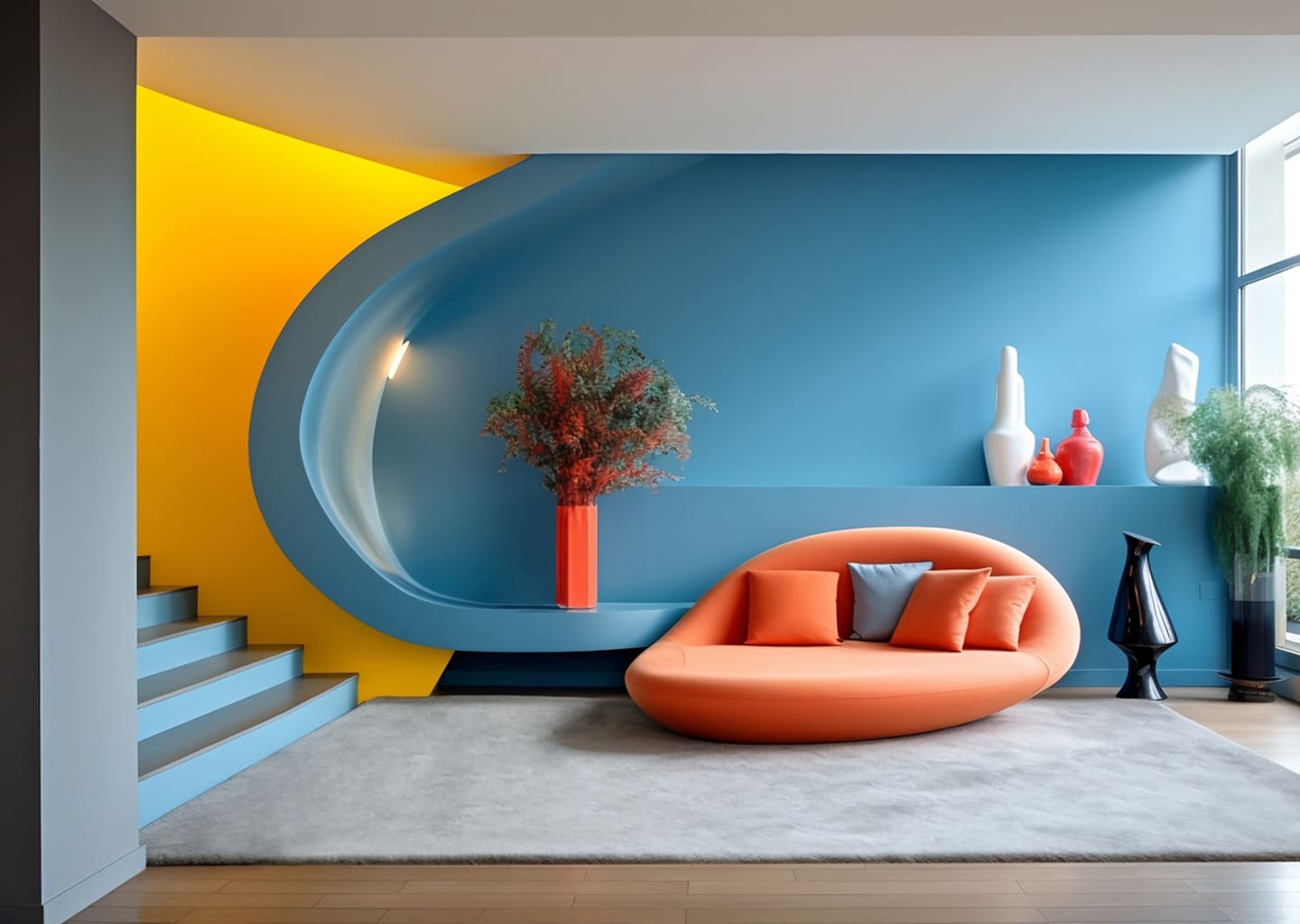

Colors are more than visual elements—they influence mood, behavior, and the overall atmosphere of a space. In interior design, understanding color psychology helps homeowners and designers create environments that are not only beautiful but also emotionally balanced. Whether you want a calm bedroom, a vibrant office, or a welcoming living room, the right color palette makes all the difference.

✔ Enhances mood and wellbeing.
✔ Creates functional spaces tailored to specific activities.
✔ Increases visual harmony and flow across rooms.
✔ Helps personalize interiors to reflect lifestyle and taste.
✘ Color perception varies by culture and individual experience.
✘ Overuse of certain colors can feel overwhelming or unbalanced.
✘ Trends may shift, making some palettes feel outdated over time.